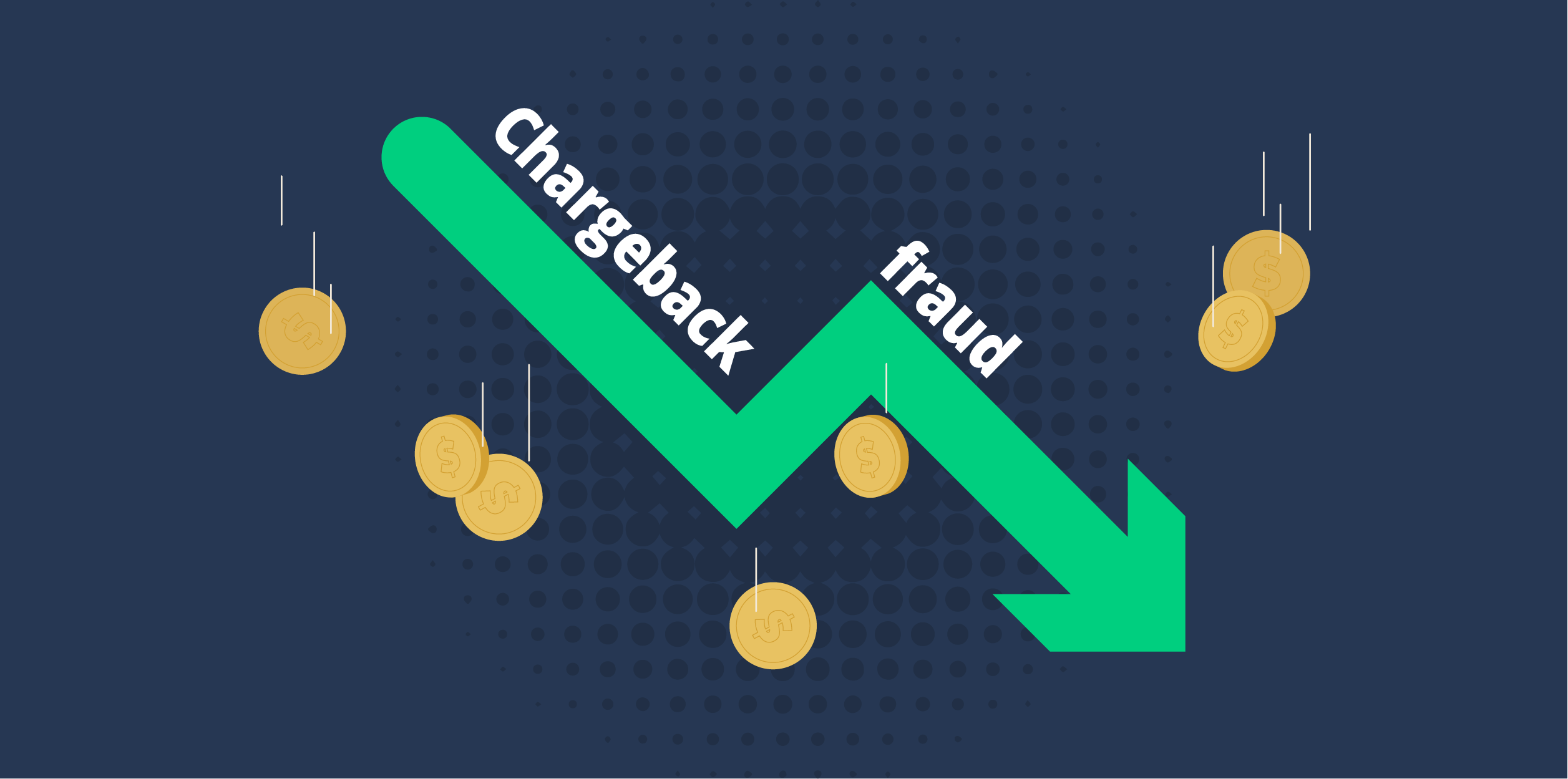
Chargeback is an opportunity to refund money that was debited from the card for purchases or services that the customer did not receive or received with defects. This right exists to protect customers and serves as a kind of insurance for non-cash payments. In recent years, chargebacks have been used as an anti-fraud tool, and it has proven to be a fairly effective solution.
What is a chargeback and how does it work?
The chargeback process is started by the client through the issuing bank (the bank that issued the card). If the customer believes that the transaction was incorrect – for example, the goods were not delivered, the services were inadequate, or an unauthorized payment occurred – they can initiate a refund.
The main reasons for applying for a chargeback:
- The product was not delivered or does not match the description
- The debit was made twice for one purchase.
- The client does not recognize the transaction (suspected fraud)
- The seller does not fulfill the return conditions or ignores requests.
After the request, the bank begins an investigation. If the evidence is on the client’s side, the funds will be refunded. It is important to understand that the chargeback procedure is not instantaneous and can take up to 60 days, and sometimes even longer.
Chargebacks as a means of protection against fraud
In the modern world, scammers are inventing new schemes, so protection tools must be flexible and adaptive. Chargeback helps in the fight against such cases as:
- Theft of card data and unauthorized debits – if the customer notices transactions that he did not make, he can request a refund via chargeback.
- Fake online stores – scammers often create websites with fake goods that are never delivered. In such cases, the chargeback helps to refund the money for the failed purchase.
- Fake services – a customer may receive a service that does not meet the promised quality.
Fraud and chargeback often go hand in hand, as the refund process becomes a powerful tool to combat unscrupulous sellers and online scams.
What are the advantages of a chargeback?
Chargeback is not only a way to return money, but also an important element of trust in non–cash payments. Sellers who understand that they may face chargeback, try to provide services and goods of higher quality. This encourages businesses to be honest and open.
Advantages of chargebacks:
- Fraud protection – customers know that they can get their money back, even if they have been cheated.
- Quality control – sellers become more attentive to goods and services.
- Transparency – companies strive for an open dialogue with customers to avoid disputes.
Chargebacks are also a way to control fraud and chargeback situations, helping to prevent massive losses of funds and ensuring the safety of online purchases.
How to avoid fraud and not lead to chargeback?
Although a chargeback is a useful tool, it is better to try to avoid situations where it may be needed. To do this, you should follow simple safety rules.
Useful tips for protecting against fraud:
- Check websites and sellers before buying
- Use complex passwords for online banking and do not share them with third parties.
- Enable SMS notifications on your cards to see all charges at once.
- Do not enter your card details on suspicious websites
- Check your bank statements regularly.
These simple steps help to reduce the risk of fraud and keep your funds safe. But even if a nuisance has occurred, the chargeback becomes the tool that helps restore justice and return the money.

